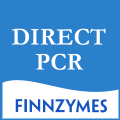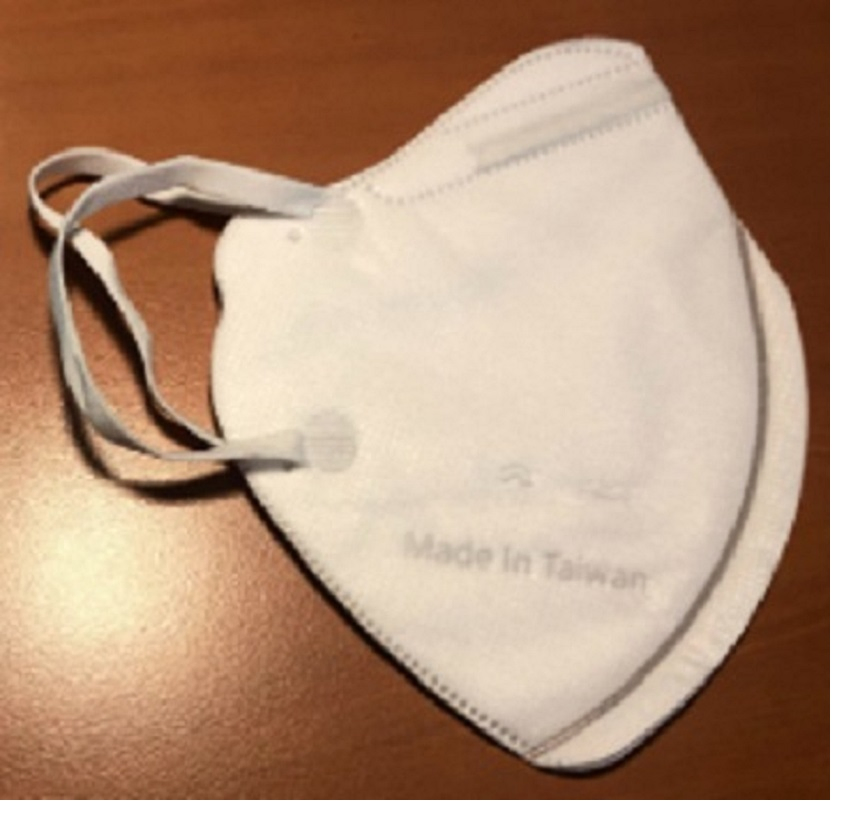產品內容
HT 8-oxo-dG ELISA Kit
8-hydroxy-2’-deoxyguanosine (8-oxo-dG) is a modified nucleoside, which is the most commonly studied and detected by-product of DNA damage that is excreted following DNA repair. The presence of 8-oxo-dG and its analogs, 8-hydroxyguanosine and 8-hydroxyguanine in the urine, is associated with many degenerative disease states in which reactive oxygen species (ROS) contribute to pathogenesis. 8-oxo-dG, a biomarker of oxidative stress, has been employed as an ROS indicator in many studies on a wide variety of diseases.
Trevigen’s 8-oxo-dG ELISA (enzyme-linked immunosorbent assay) is a fast and sensitive, competitive immunoassay for the detection and quantitation of 8-hydroxy-2'-deoxyguanosine (8-oxo-dG) in saliva, urine and serum samples. This kit features a 96 strip well plate pre-bound with 8-oxo-dG, an 8-oxo-dG monoclonal antibody, an enzyme-labeled secondary antibody, detection substrates and buffer to provide a complete, robust assay flexible for your experimental design.
FEATURES:
- Colorimetric format
- High throughput 96 test size
- Standard curve has a range of 0.94 - 60 ng/ml
- Sensitive to 0.59 ng/ml
APPLICATIONS :
For the detection and quantitation of 8-hydroxy-2'-deoxyguanosine (8-oxo-dG) in urine, serum and saliva samples.
STORAGE:
All reagents are stable as supplied at 4°C, except the 8-oxo-dG standard, which should be stored at -20°C. For optimum storage, the 8-oxo-dG standard should be aliquoted into smaller portions and stored at -20°C to avoid repeated freeze/ thaw cycles. Unused wells of the 8-oxo-dG Immunoassay Plate should be resealed with desiccant in the foil pouch provided and stored at 4°C until the kit expiration date.
REFERENCES:
1. Evans, M. D., Dizdaroglu, M., and Cooke, M. S. (2004) Mutat. Res. 567: 1-61.
2. Sancar, A., Lindsey-Boltz, L. A., Unsal-Kacmaz, K., and Linn, S. (2004) Annu. Rev. Biochem. 73: 39-85.
3. Chiou, C. C., Chang, P. Y., Chan, E. C., Wu, T. L., Tsao, K. C., and Wu, J. T. (2003) Clin. Chim. Acta. 334: 87-94.
4. Trzeciak, A. R., Nyaga, S. G., Jaruga, P., Lohani, A., Dizdaroglu, M., and Evans, M. K. (2004) Carcinogenesis 25: 1359-1370.
5. Brown, R. K., McBurney, A., Lunec, J., and Kelly, F. J. (1995) Free Radic. Biol. Med. 18: 801-806.
6. Tsuboi, H., Kouda, K., Takeuchi, H., Takigawa, M., Masamoto, Y., Takeuchi, M., and Ochi, H. (1998) Br. J. Dermatol. 138: 1033-1035.
7. Rall, L. C., Roubenoff, R., Meydani, S. N., Han, S. N., and Meydani, M. (2000) J. Nutr. Biochem. 11: 581-584.
8. Lezza, A. M., Mecocci, P., Cormio, A., Beal, M. F., Cherubini, A., Cantatore, P., Senin, U., and Gadaleta, M. N. (1999) FASEB J. 13: 1083-1088.
9. Alam, Z. I., Jenner, A., Daniel, S. E., Lees, A. J., Cairns, N., Marsden, C. D., Jenner, P., and Halliwell, B. (1997) J. Neurochem. 69: 1196-1203.

公司資訊
- 統一編號28887492
- 聯絡人王小姐
- 更多翰新國際有限公司資訊
相關產品
-
網網相連
- 璋鑫機械工業有限公司
- 信霖生醫有限公司
- 晉記化工股份有限公司






